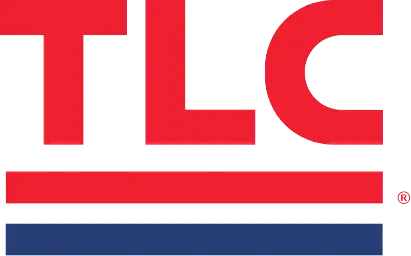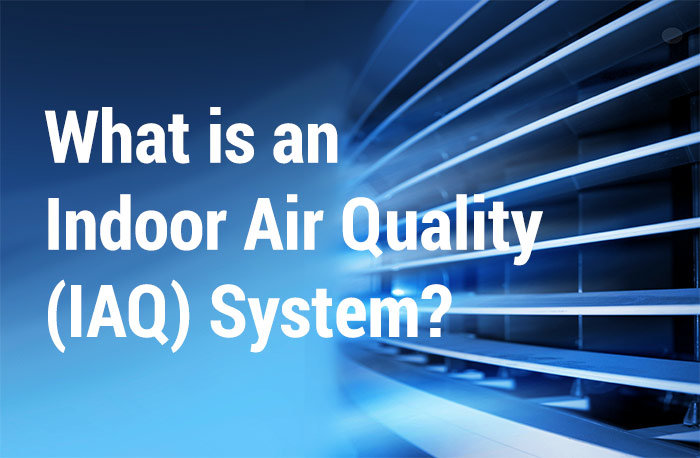You probably have insurance on your house, your car, your health, your spouse, and maybe even your pets. But what do you have to protect your heating and cooling system? Did you know that poor indoor air quality can affect your furnace and air conditioner?
Indoor air can contain particles that damage heating and cooling and even your health. Nature has its own process for purifying outdoor air through rain, lightning, and ultraviolet sun rays, but what about inside air? Thankfully, you don’t need a thunderstorm in your house to protect your equipment and your family.
An indoor Air Quality System*, or IAQ, can eliminate the three major components in air contamination: particles, germs, and chemicals.
You May Be Wondering
How would an IAQ system protect my heating and cooling unit?
Particles and Allergens
Particles and allergens include dust, pollen, pet dander, and hair. These are not only irritating to people and pets, but are also bad for your heating and cooling system.
The disposable air filter in your unit captures less than 5% of the particles in your home. That means the other 95% are free to build up in your air conditioning system and float in the air you breathe. As the particles collect on your blower, ductwork, and coils, your unit has to work harder. You are likely to pay more in utilities and repairs, and it might reduce the life of your unit.
 Installing a Polarized-Media Air Cleaner can eliminate this problem. This is not a “better” filter; it is a screen with a positive electrical charge. This air cleaner captures 97.9% of airborne particles.
Installing a Polarized-Media Air Cleaner can eliminate this problem. This is not a “better” filter; it is a screen with a positive electrical charge. This air cleaner captures 97.9% of airborne particles.
If a particle escape through the screen, it takes on that positive charge and attracts other particles. It will grow until it is large enough to be caught by the screen on another pass. That’s great news for your unit. An added bonus is that it may help reduce allergy symptoms.
Germs and Infectious Agents
Most of us are aware of the effect germs have on our lives. What many of us don’t realize is that our heating and cooling systems can add to the growth and spread of bacteria, viruses, and other biological substances. This can cause your unit to smells like mold and mildew, an issue known as “Dirty Sock Syndrome”.
The solution is to install a Short Wave UV (UV-C) lamp. UV-C is a naturally occurring wavelength of light known as “Germicidal UV”. It means exactly what it sounds like; it kills germs and bacteria.
A UV-C lamp is installed in the ductwork near the blower. 98% of biological components are killed the first time they pass the lamp. This is far more powerful than the UV-C lamps seen on TV that take dozens of passes to kill less germs.
Chemical Gases and Odors

Chemical gases and odors are not talked about as frequently as particles and germs. They are present in our air and are often only noticed by odors. Even smells we enjoy, such as new house or new car smell, are caused by chemicals. Chemicals such as formaldehyde and benzene are harmful to humans, pets, and air conditioners. These chemicals can be in your home from furniture, paint, flooring, or cleaning solutions.
To remove these chemicals, a UV-V lamp is required. UV-V is a natural wavelength of light that creates low level ozone. Before you worry about having ozone in your home, you need to understand safe ozone levels. Outdoor air contains 50 parts of ozone per billion, or 50 ppb. Your UV-V lamp creates less than 30 ppb. The ozone has a shelf-life of less than 10 feet and is unlikely to ever leave your ductwork. Even if it did, it is well within safe levels.
How does this remove the chemicals? The ozone created by the UV-V lamp attaches itself to the chemicals in the air. Once it does this, it neutralizes the chemical. This is the same process that naturally takes place in the great outdoors.
What’s the bottom line? When you eliminate these three types of contaminants, you improve indoor air quality and protect your heating and cooling system. An IAQ system costs approximately 10% of what you would pay to replace your unit. You may even reduce your energy costs because your air conditioner won’t have to combat air particles.
Want to know the best part? Improving the quality of the air in your home saves you money in repairs, system replacements, and doctors’ visits. You can say goodbye to dust, dander, chemicals, viruses, and so much more with our IAQ system. For more information or to receive a quote, contact our HVAC professionals.
*The IAQ System is only compatible with furnaces and refrigerated air conditioning systems. Unfortunately, this will not work with swamp coolers.
If you have questions about indoor air quality systems, TLC Plumbing is your HVAC company in Albuquerque, NM

